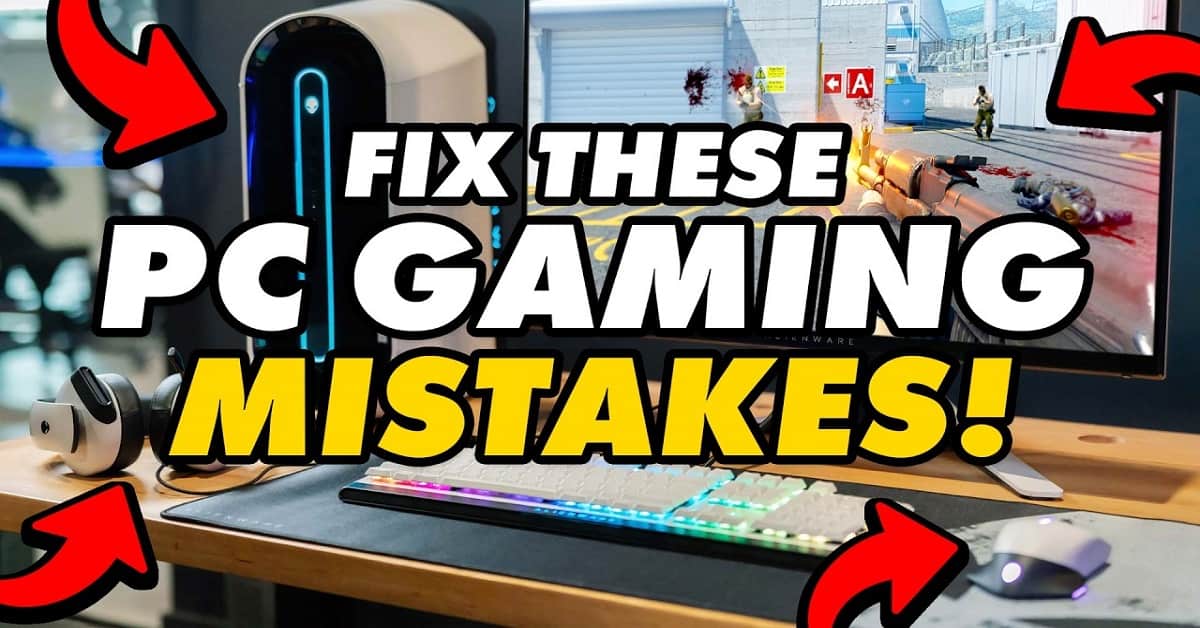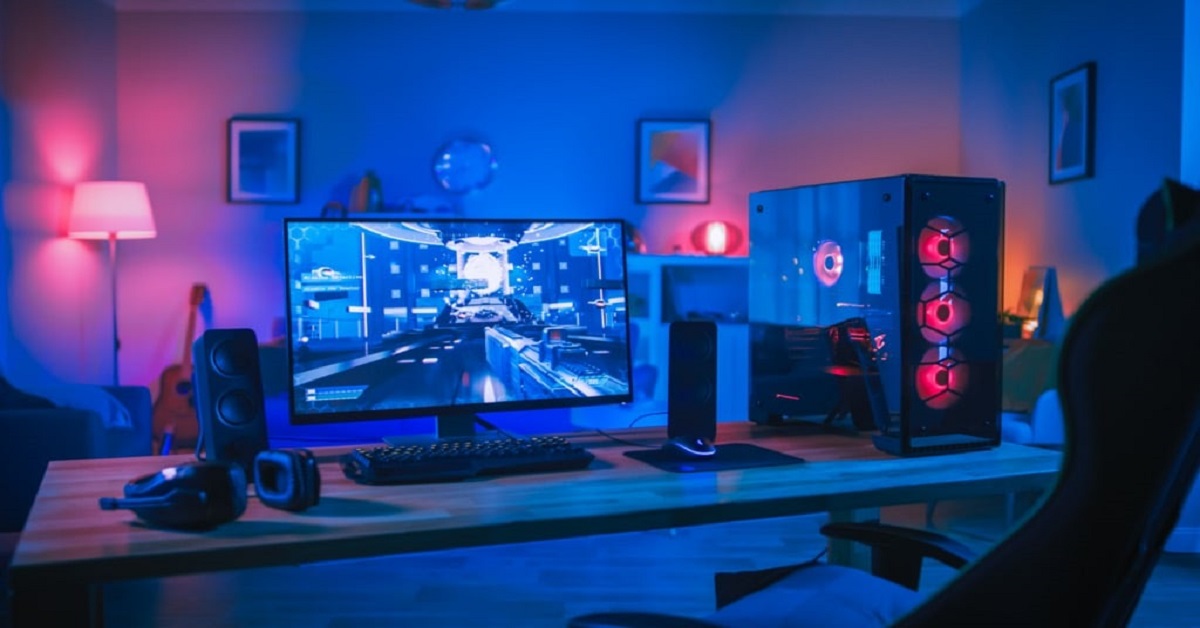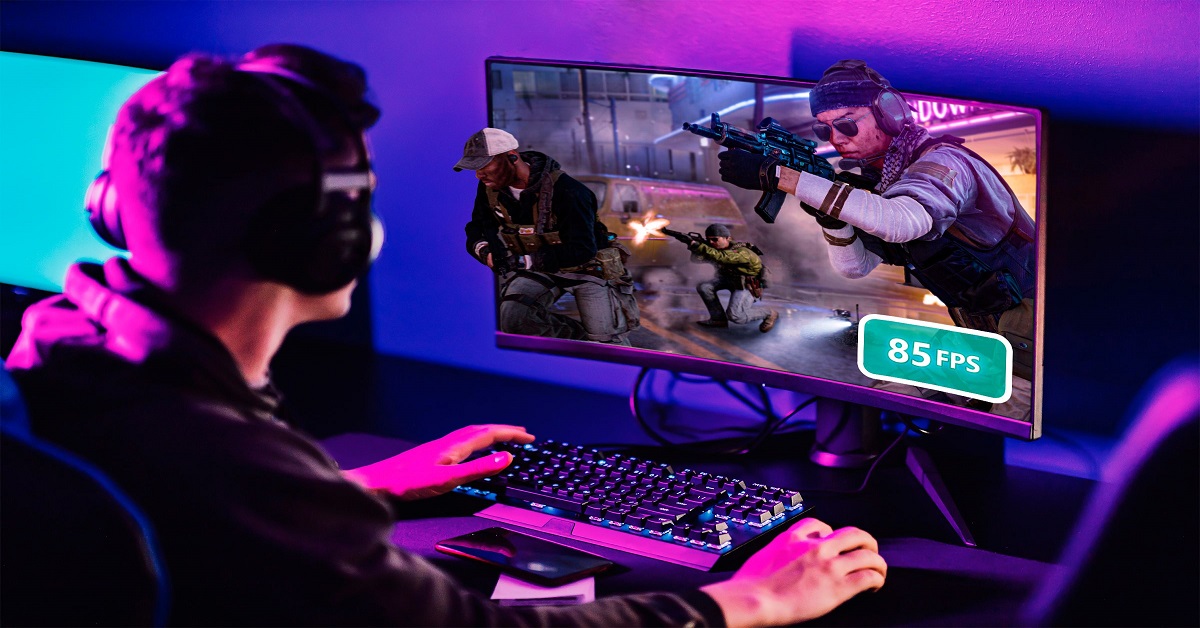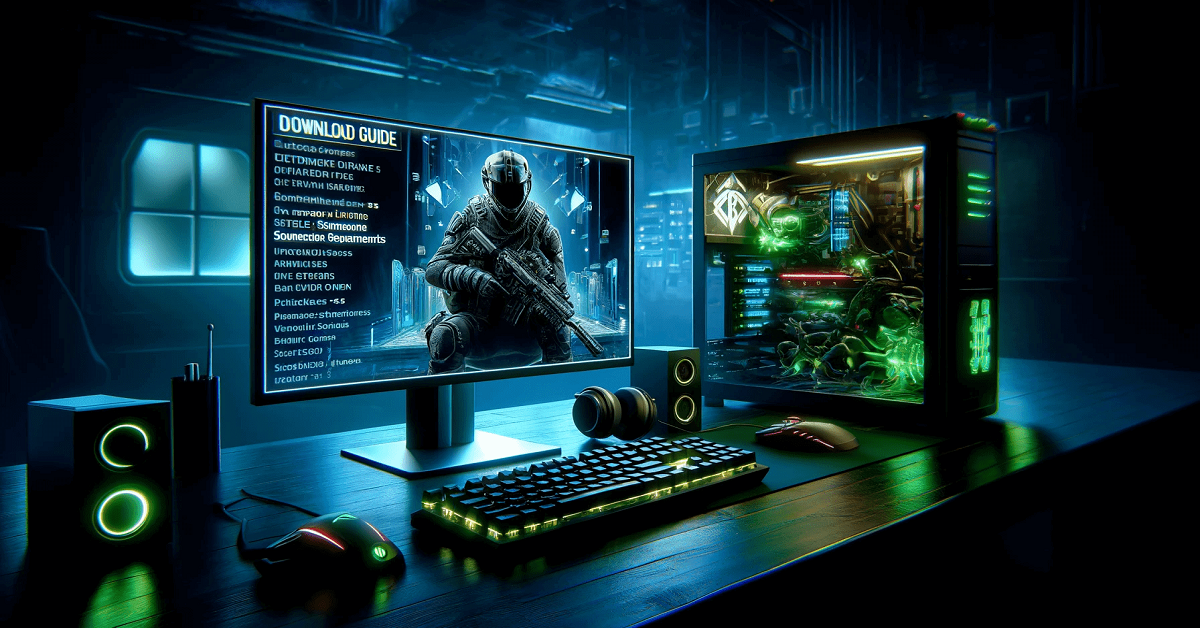Are you facing issues with low frame rates, lags, and stutters while playing games on your computer running Windows OS? You’re not alone. Many people playing games on their Windows PCs fail to make the necessary changes to settings that have a significant impact on performance. We will discuss how Windows settings mistakes influence your gaming experience and show you the most common mistakes Windows users make when playing games.
So, let’s learn what’s causing gaming performance issues and see how to optimize your Windows settings for a much smoother gaming experience.
1. Running Too Many Background Apps
Most gamers on Windows fail to close unnecessary background apps, and slow down their PC.
Why It Matters:
They can all keep your computer busy and hinder its performance while you try to play.
Fix:
- Open Settings. Go to Privacy > Background apps and check the applications listed there.
- Turn off unnecessary apps.
- The Task Manager can be used to shut down unnecessary running processes.
2. Not Using Game Mode
Many people overlook the Game Mode features in Windows 10 and 11 and thus fail to benefit from improved use of system resources.
Why It Matters:
Game Mode helps focus your computer’s resources on the game to improve overall game performance.
Fix:
- Launch Game Bar from your Taskbar, select Game Mode.
- The Game Mode feature should be enabled.
3. Leaving Windows Visual Effects On
Special effects consume system resources that should be devoted to games for optimal performance.
Why It Matters:
Turning off visual effects is beneficial if you have an older PC or a laptop with integrated graphics.
Fix:
- Go to Advanced System Settings and adjust the performance options.
- Choose Adjust for best performance.
4. Outdated or Generic Drivers
Running on old or standard GPU drivers can lead to problems in video games. The drivers Windows Update provides for your GPU might not be the most recent ones, fine-tuned for gaming.
Why It Matters:
Current GPU drivers usually contain optimizations and resolutions for running the latest games.
Fix:
- Go to NVIDIA’s or AMD’s website.
- Get the current Game Ready or Adrenalin drivers and install them on your system.
5. Wrong Power Plan Settings
Leaving your PC on Balanced or Power Saver mode can reduce the potential of your hardware.
Why It Matters:
Running at the highest setting in the power plan will allow you to utilize all your computer’s resources.
Fix:
- Open Control Panel and click on Power Options.
- Change your plan to High Performance or Ultimate Performance (if it’s an option).
6. Windows Updates Interrupting Gameplay
A gaming session can get interrupted if Windows decides to download an update at the same time.
Why It Matters:
Some updates are designed to use your computer’s resources for processing in the background.
Fix:
- Click on Settings, then select Update & Security, Advanced Options.”
- Adjust Active Hours to correspond with the periods you play games.
- Pause updates temporarily when playing.
7. Using Default Network Settings
Lag, ping spikes, and rubberbanding? Problems could stem from how your machine is connected to the network.
Why It Matters:
Several default settings cause your machine to sync files, track and collect data and manage update traffic.
Fix:
- Disable Delivery Optimization: Disable “Update delivery optimization
- Switch to Ethernet to prevent any issues with online gaming.
- Prevent games from being interrupted by updating or streaming.
8. Ignoring Windows Security Settings
Scanning game files with Windows Defender may lead to reduced gaming performance when playing.
Why It Matters:
Your games could be flagged as potential threats and throttled as a result.
Fix:
- Exclude the game’s folder from scanning by Windows Defender.
- Click Allow an app through the firewall under Windows Security.
- Disable all notifications while you’re playing your favorite game.
9. Enabling Full-Screen Optimization
The feature can help reduce latency, but several games have reported experiencing input lag and frame pacing problems due to it.
Why It Matters:
Some games may opt for windowed full screen when enabled in the in-game settings.
Fix:
- Right-click your game’s .exe file.
- Go to Properties > Compatibility.
- Check Disable fullscreen optimizations.
10. Overlooking Virtual Memory Settings
The paging file increases the amount of memory available for your system. Misconfigurations may result in your game freezing or lagging.
Fix:
- In System Properties, select Advanced in Performance and choose the Virtual Memory option.
- Set Custom size: Initial: 1.5 times more than RAM, Maximum: 3 times more than RAM.
- Example for 8GB RAM: Equating to 12 GB and 24 GB, respectively.
Summary Table: Top Mistakes & Their Fixes
| Mistake | Impact | Performance Gain | Fix |
| Background Apps | CPU/RAM usage | Up to 12% FPS gain | Disable apps in Privacy settings |
| Visual Effects | GPU/CPU usage | 8–10 FPS | Turn off in Performance Settings |
| Wrong Power Plan | Limits CPU/GPU | Up to 18% FPS | Switch to High Performance mode |
| Outdated Drivers | Crashes/Lag | 10–15% gain | Install the latest from NVIDIA/AMD |
| Full-screen Optimization | Input Lag | 5–7 FPS smoother | Disable via Compatibility tab |
How Will You Notice the Difference After Optimization?
When correcting the most frequent errors that affect Windows games:
- Playing games on a typical PC may see an improvement of 15–25% in average FPS.
- Stuttering and lag can effectively be eliminated in most cases.
- Your CPU runs more efficiently, allowing you to do other things while gaming.
Conclusion
You may not need to upgrade your entire system just to improve your gaming sessions. Of course, the solution often comes from adjusting some essential optimizations for Windows gaming settings that help enhance gaming performance.
These Windows setting errors can be avoided to enhance your gaming experience, lower any performance issues, and make the most of your system. Pay attention to each factor, including shutting off effects, updating drivers and controlling power management.










